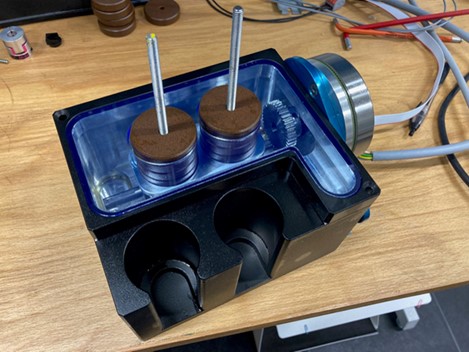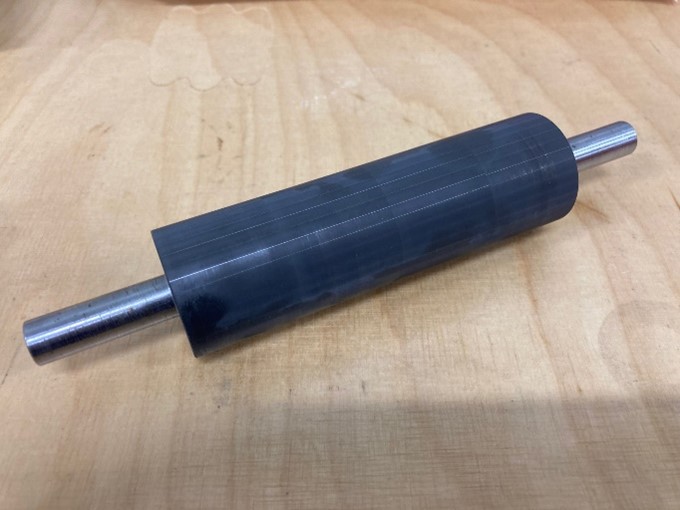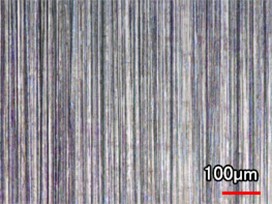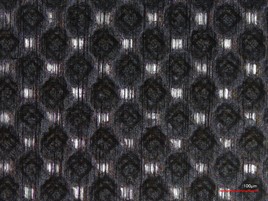State of the art in technology, and in our lab
Friction and wear play a major role in modern society. The operation of many mechanical systems, including vehicles, machines and consumer goods directly depends on appropriate friction and wear properties. Energy and raw material use can also often be directly linked to the losses that occur due to friction and wear. This is why for many designers and engineers, tribology - the science that studies these phenomena - is an important factor.
Coatings are often used to influence the friction in mechanical systems. One of the best-known coatings is hard chrome, which significantly reduces both wear and the coefficient of friction. The material is very widely used in today's industry, but will - in principle - be completely phased out due to the presence of chromium 6, which has been linked to health problems. The industry is therefore actively looking for alternatives. In addition to laser cladding (Stellite), thermal spraying, CVD and PVD coatings, there is now an alternative that works by structuring the surface rather than adding a layer of material. At Sirris, this is done by means of an ultra-short pulsed laser.
Our texturing demonstrator
In a recent blog we told you about the potential benefits of using textures to reduce friction and that we can demonstrate them on a purpose-built demonstrator. This was a rather rudimentary demonstrator, but we have since adapted it for use in research (see figure below).
Figure 1: Test setup (left) and a textured shaft (right)
Test setup
We can now test textured shafts using a motor, which allows us to vary the speed and measure the torque. From this torque, we can calculate the friction. We can also adjust the lubrication, measure the temperature and apply a force to the shaft. The first results are promising: if we compare a shaft textured with a hole pattern with a ground shaft, we see a reduction in the dynamic friction coefficient of 24-44 percent, depending on the speed and the applied load. The lubrication used traditional synthetic motor oil. The results are shown in Figure 2, confocal images of the shaft surfaces in Figure 3.
Figure 3: Ground surface (left) and textured (H80D10 50%) surface (right)
Future
In the coming months, Sirris will conduct further research into the laws that link textures, loads and speeds to friction behaviour. This will also allow us to rapidly propose a texture for specific applications that can serve as an alternative to hard coatings such as hard chrome.
Finally, recent research at Sirris also showed that the laser texturing process consumes much less energy and raw materials than a traditional coating process or even the grinding process. It is therefore interesting to investigate to what extent textures can replace coatings and even the grinding process as a whole.
Would you like to know more? Feel free to contact us.
This research formed part of the COOCK-project Surfacescript, with the support of VLAIO (Flanders Innovation & Entrepreneurship).









